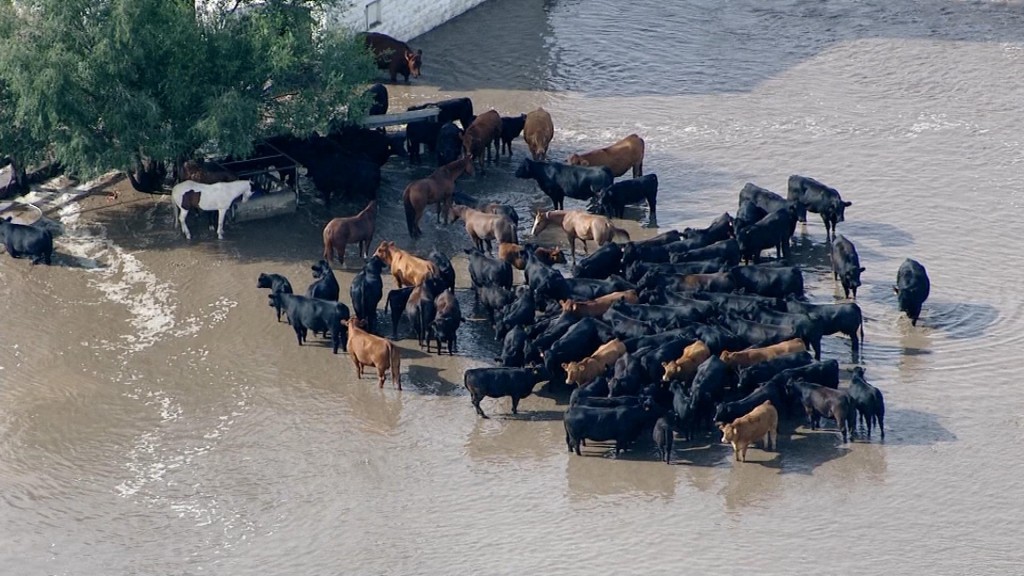Preparation and planning essential to successful disaster response teams
Chris Brunner, April 15, 2016
 First responders attending the pilot courses for AWR 328, All Hazards Preparedness for Animals in Disasters, and MGT 448, All Hazards Planning for Animal, Agricultural, and Food Related Disasters, shared their experience with disaster planning and preparedness as they took part in hands-on, problem-solving activities in the courses which took place at the California Fire & Rescue Training Authority in Sacramento, April 6 and 7.
First responders attending the pilot courses for AWR 328, All Hazards Preparedness for Animals in Disasters, and MGT 448, All Hazards Planning for Animal, Agricultural, and Food Related Disasters, shared their experience with disaster planning and preparedness as they took part in hands-on, problem-solving activities in the courses which took place at the California Fire & Rescue Training Authority in Sacramento, April 6 and 7.
Unique issues must be considered and addressed when animals are involved in an emergency, such as safe animal handling, animal evacuation, and animal sheltering. For example, the Witch Creek Fire of 2007 burned 200,000 acres of San Diego County. It forced the largest evacuation in the county’s history involving half a million people and 15,000 animals.
AWR 328, an awareness level course, provided first responders in the class the tools to deal with such a shattering event, as they learned how to protect, respond to, and recover from the consequences of disaster such as fire, flood, heat, earthquake, tornadoes, hurricanes, hazardous materials and catastrophic disease exposure involving animals in rural communities.
Veterinarians, city and county animal control officers, representatives from county health and human service agencies, and employees from the California Department of Fish and Wildlife, USDA, Cal OES, and the California Department of Pesticide Regulation, were among the more than 50 participants throughout the two days.
What if the emergency is the result of an act of agroterrorism and not an act of nature? Could the use of biological or chemical agents (e.g., anthrax, foot and mouth disease) have been used against crops and livestock to disrupt the economy and food supply?
In the MGT 448 management level course on all hazards planning for animal, agricultural, and food related disasters, first responders learned what is needed to lead a multiagency team of emergency planners in the development of an Emergency Support Function wing for food and/or animal related disasters to supplement their community’s existing Emergency Operations Plan. They addressed such topics as the diagnosis and detection of agroterrorism, and the unique challenges that rural communities face when planning for and responding to food and/or animal related disasters.
Tracey Stevens, an animals in disaster instructor with WIFSS was the trainer for the AWR 328 course. Tracey, and Holly Powers from the Solano county sheriff’s Office of Emergency Services, taught the course on MGT 448. Also on board from WIFSS to lend support with the classes were Dr. Amanda Arens, program manager for outreach and training, Heather Johnson, an instructional designer, and Dr. Bennie Osburn, director of outreach and training.
The courses were sponsored by the Department of Homeland Security, the Rural Domestic Preparedness Consortium, and the Western Institute for Food Safety and Security at the University of California, Davis, and developed by WIFSS, an institute under the UC Davis School of Veterinary Medicine and the College of Agricultural and Environmental Sciences.
